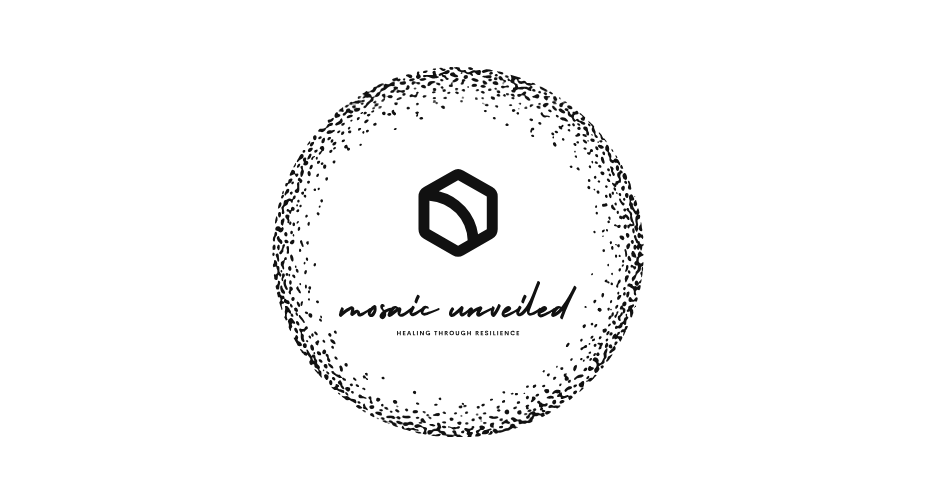For years, Emma carried a secret so heavy it threatened to crush her. She grew up in a home that, from the outside, seemed ordinary. But behind closed doors, her world was anything but. Her father, the man who should have been her protector, became her greatest source of fear and pain.
The abuse started when Emma was only ten. At first, she didn’t understand what was happening. She knew it felt wrong, but the weight of his threats silenced her. “No one will believe you,”he whispered. “This is our secret.” And so, Emma buried it deep within herself, a toxic wound festering beneath the surface.
The years passed, and the abuse continued. By the time Emma turned sixteen, she had become a shell of herself. She avoided friendships, terrified someone might see through her carefully constructed mask. She felt trapped, alone, and ashamed.
But then something changed. One afternoon at school, her English teacher assigned a project on “heroes.”Emma chose to write about Malala Yousafzai, the young woman who had fought for education despite overwhelming odds. As Emma researched Malala’s story, something stirred within her. For the first time, she felt a glimmer of hope—a belief that maybe, just maybe, she could find her own voice.
It took Emma another year to gather the courage, but one night, when her father was out, she confided in her best friend, Lily. The words tumbled out in gasps and sobs, but once they were spoken, Emma felt a strange sense of relief. Lily didn’t judge her; she held Emma’s hand and said, We’re going to get you help.”
The next few weeks were a whirlwind. Lily’s mother helped Emma report the abuse to the authorities, and her father was removed from the home. But the road to healing was far from over.
At first, Emma struggled in therapy. Talking about the abuse felt like reliving it, and she often left sessions feeling drained and defeated. But her therapist, a kind woman named Sarah, reminded her that healing wasn’t linear. “It’s okay to take it one step at a time,”Sarah said.
Over time, Emma began to confront the shame and guilt she had carried for so long. She learned to separate herself from the abuse— to understand that it wasn’t her fault. Slowly, she began to reclaim her life.
Emma discovered a love for painting, using art as a way to express emotions she couldn’t put into words. She started journaling, pouring her thoughts onto paper in a way that felt both cathartic and freeing. She also joined a support group for survivors of sexual abuse, finding strength in the shared stories of others who had faced similar experiences.
By the time Emma turned twenty-three, she was no longer the frightened girl she had once been. She had become an advocate, volunteering with organizations that supported survivors of abuse. She shared her story at events, not because it was easy, but because she wanted others to know they weren’t alone.
Emma’s journey wasn’t perfect—there were still moments of doubt and pain. But she had learned to face them with courage and compassion. Her past no longer defined her; it had become a part of her story, but not the ending.
Today, Emma stands as a testament to the resilience of the human spirit. She is a reminder that even in the face of unimaginable pain, healing is possible. And for every survivor who feels trapped in the darkness, Emma’s story offers a simple, powerful message: You are not alone.
